Puzzles, often referred to as jigsaw puzzles or brain teasers, are a popular educational and recreational activity. They challenge children to concentrate, exercise patience, and use creativity as they figure out how each piece fits together. However, it’s not uncommon for a child to become frustrated or even angry when they struggle to complete a puzzle. This reaction can be concerning for parents or educators, who may wonder how best to help. In this article, you’ll learn why puzzles are so beneficial, the reasons children may become upset, and practical strategies for guiding them through their frustration. You’ll also find tips on how to encourage autonomy, foster self-esteem, and make puzzle time a positive, confidence-building experience.
Why Puzzles Are Important for a Child’s Development
Puzzles play a significant role in children’s cognitive and emotional development. The act of sorting and assembling pieces sharpens a child’s ability to concentrate, solve problems, and handle complex tasks over time.
-
Cognitive Growth and Learning
Working on puzzles involves observing shapes, colors, and patterns. Children must analyze each piece, compare it with others, and imagine how it might fit into the overall picture. This process develops their logical thinking, problem-solving abilities, and visual-spatial skills.
Puzzles also enhance hand-eye coordination, since children need to match what they see (a piece’s shape or image) with the physical action of placing it in the right spot. Over time, they become more comfortable manipulating small objects, which is valuable for other activities such as writing, drawing, or playing a musical instrument. -
Boosting Self-Confidence
Completing even a simple puzzle gives a child a sense of accomplishment. Putting all the pieces together and seeing the final picture can be a source of great pride, reinforcing the idea that persistence leads to success. This positive feeling feeds into their self-esteem and encourages them to tackle other challenges with enthusiasm. -
Spark for Creativity
Although puzzles have a predetermined end result, the process of sorting, matching, and experimenting with different possibilities can still nurture a child’s creativity. Children may come up with their own techniques for organizing pieces—perhaps grouping them by color, shape, or patterns—or devise stories around the images they see. This sense of exploration keeps them engaged and stimulates their curiosity.
Causes of Frustration with Puzzles
Children may become upset for various reasons when working on puzzles. Understanding the source of their frustration is crucial in determining how to best support them.
-
Mismatch Between Puzzle Difficulty and Child’s Abilities
One common reason for frustration is that the puzzle is not suited to the child’s current skill level. If it’s too hard, they may feel overwhelmed. If it’s too easy, they might get bored and lose interest.
Striking the right balance is essential: the puzzle should offer a bit of a challenge without being discouraging. When it’s too simple, children may not find it engaging enough to hold their attention; when it’s too complex, they may feel powerless or stressed. If your child is between three and four years old, a 30-piece puzzle often strikes the perfect balance between challenge and fun. For more ideas, take a look at The 30 Piece Personalized Puzzle: The Perfect Gift for 3 to 4 Year Olds. -
Limited Patience or Concentration
Working on puzzles demands perseverance and focus, two qualities young children are still developing. They may lose patience if they don’t see quick progress or if they become distracted by other activities, which can lead to frustration and outbursts. -
Fear of Failure
Some children feel internal or external pressure to succeed, making them afraid of making mistakes. If a child becomes anxious about doing something “wrong,” the puzzle can turn into a source of stress rather than a fun challenge. -
Lack of Method or Strategy
Children who haven’t been shown effective ways to approach a puzzle might not know where to begin. Without simple strategies—such as sorting out the edge pieces first—they can quickly become overwhelmed, which often leads to anger or tears. -
Unfavorable Environment
Noise, clutter, and lack of personal space can disrupt a child’s ability to focus. A chaotic or stressful environment can heighten their frustration when trying to work through a puzzle. Ensuring a calm, organized space can help.
How to React When Your Child Is Upset
Dealing with a child’s frustration constructively is key to turning puzzle time into a learning experience instead of a stressful one.
-
Stay Calm and Show Empathy
If a parent or caregiver becomes upset as well, the tension only escalates. Maintaining a supportive, composed demeanor helps the child settle down. Acknowledge their feelings by saying something like, “I can see you’re really frustrated because this puzzle is tricky. Let’s see how we can make it easier to handle.” -
Assess the Puzzle’s Difficulty
Make sure the puzzle aligns with your child’s ability level. If it’s clearly too challenging, offer one with fewer or larger pieces, or provide extra assistance. If the puzzle seems too easy, encourage the child to finish it and celebrate the success before moving on to a more advanced puzzle that will hold their interest. -
Offer Minimal but Helpful Assistance
It’s tempting to jump in and complete the puzzle for your child, but doing so removes their sense of ownership and learning. Instead, ask leading questions or give hints. For example:-
“Look at the pattern on this piece. Where might that part of the pattern fit in the picture?”
-
“Which pieces have a straight edge? Those might form the border.”
Guiding without taking over empowers your child to figure things out on their own, building confidence and skill.
-
-
Praise Small Achievements
Even a small step in the right direction is a victory. Positive reinforcement such as “You found the right corner piece!” or “You did a great job matching those colors!” encourages perseverance. Children are more likely to keep trying if they feel their efforts are recognized. -
Encourage Breaks if Needed
If tension rises to the point of tears or tantrums, suggest a short break. This could be a walk outside, a snack, or a different activity. Stepping away and returning with a fresh perspective often makes a big difference in a child’s attitude.
Strategies for Helping a Child Overcome Frustration
Long-term success with puzzles isn’t just about getting through one difficult session—it’s about fostering skills and attitudes that help children approach such challenges with resilience and curiosity.
-
Select Age-Appropriate Puzzles
Consider both the child’s chronological age and their individual level of development. Some children may be ready for more complex puzzles earlier, while others might need more time with simpler ones.
You can also let them choose a puzzle theme that interests them—animals, superheroes, landscapes—so they’re naturally more motivated to figure it out. For more detailed insights on puzzle piece counts at different ages, check out At What Age Can a Child Do a Puzzle? 30 to 1000 Pieces.
-
Teach Simple Techniques
Instead of tossing all the pieces on the table and saying “Go!”, show your child how to approach the puzzle step by step. Turn every piece face-up so you can see the image, find the corner and edge pieces first, group by color or pattern, and gradually fill in the sections. This systematic approach can prevent the feeling of being overwhelmed. -
Encourage Cooperative Play
Working on a puzzle with a sibling or friend can take the pressure off and make it more social. Children learn collaboration by dividing tasks, sharing insights, and celebrating small wins together. However, be mindful to ensure that both children participate rather than having one dominate. -
Adapt the Environment and Session Length
A calm, comfortable space is best. Turn off loud background noise, provide a child-sized table or surface, and keep session lengths realistic based on their attention span. Rather than forcing an hour-long puzzle session, break it down into smaller sessions of 10 or 15 minutes. -
Incorporate Varied Puzzle-Like Activities
If a child is frustrated by traditional jigsaw puzzles, consider introducing related activities that build similar skills. Tangrams, where children form shapes with geometric pieces, or building blocks that require assembly can offer fresh challenges without feeling repetitive. Virtual puzzles on a tablet might also appeal to tech-savvy kids.
How to Prevent Future Frustration
Preventing frustration is often about creating the right conditions and mindset before a child even starts a new puzzle.
-
Build Confidence
Nurture a child’s self-esteem across all areas, not just puzzle solving. Recognize their efforts in sports, art, chores, or any task that requires perseverance. A child who believes in their own abilities is less likely to be thrown off by a tricky puzzle. -
Teach Emotional Regulation
Frustration and anger are normal emotions, but children benefit from learning how to name and manage them. Encourage them to say, “I’m feeling mad because I can’t find this piece,” and offer coping techniques like taking a deep breath, counting to ten, or squeezing a soft toy.
Model this behavior yourself by calmly stating, “I’m feeling a bit frustrated right now. Let me breathe and think this through,” so they see how adults handle similar feelings. -
Create a Positive Puzzle Ritual
Turn puzzle time into a pleasant routine. Set up a cozy, well-lit space, and sit next to your child or at least remain available if they need help. Let them know this is a special, relaxing activity rather than a test of their intelligence or abilities. Consistency and warmth in this ritual help them develop a positive association with puzzles. -
Allow for Individual Pace
Every child develops differently. Some will take to puzzles immediately, while others might show disinterest or struggle for a while. Pushing too hard or comparing them to siblings or peers often backfires. Consistent, gentle encouragement is more effective than pressure or criticism. -
Gradually Increase Challenge Levels
When a child is consistently finishing a certain puzzle type or size, you can incrementally raise the difficulty by adding more pieces or choosing more detailed designs. This approach keeps them engaged, challenges their skills, and avoids overwhelming them.
Ideas for Games and Activities to Foster Patience and Concentration
Offering a variety of experiences helps children learn to focus and persevere without making them feel stuck in one type of task.
-
Memory Games
Matching pairs of cards with identical images encourages attention to detail and trains the memory. Just like puzzles, these games reward children for noticing patterns and being methodical. -
Construction Toys
Building with blocks, LEGO bricks, or wooden planks encourages planning, creativity, and problem-solving. Children have to imagine a structure, try it out, and adapt if it doesn’t work as planned—skills that translate well to puzzle-solving. -
Coloring Mandalas
Mandalas or intricate coloring sheets can be calming. They require focus on shape and pattern, providing a sense of accomplishment as the image fills in with color. This practice helps children learn to handle tasks that require sustained attention. -
Labyrinths and Simple Riddles
Navigating a maze or spotting differences in two pictures helps sharpen observation skills and develop patience. By solving mini-challenges, children gain confidence and learn that mistakes aren’t the end of the world. -
Physical Activities and Sports
Exercise and sports help children channel their energy, reduce stress, and improve overall focus. A child who has had the chance to run around or play outside might be more relaxed and ready to focus on a puzzle once they return indoors.
Recommended Attitude for Parents or Educators
When it comes to helping a child who is frustrated with puzzles, the adult’s mindset can make all the difference.
-
Avoid Overreacting to Tantrums
Anger or tears are a child’s way of expressing that they feel overwhelmed. Punishing or scolding can reinforce negative emotions. Instead, acknowledge their frustration in a calm voice and propose ways to work through it. -
Promote Independence
Resist the urge to fix every issue. Offer encouragement and small hints, but give children room to explore and learn from their mistakes. This not only builds puzzle-solving skills but also fosters a sense of independence. -
Praise the Effort, Not Just the Outcome
Celebrate incremental progress. If they manage to group the corner pieces or find a tricky match, congratulate them. Emphasize that every step matters, even if the puzzle isn’t complete yet. -
Observe and Adjust
Keep an eye on how the child responds to different puzzle sizes, themes, or times of day. Maybe they’re more receptive in the morning or after a snack. Small changes to the routine can significantly improve their focus and reduce frustration.
SEO Tips for an Article About a Child Getting Upset with Puzzles
If you’re aiming to reach parents and educators looking for advice, optimizing your article for search engines can help it rank higher and be found by the right audience.
-
Use relevant keywords such as “child frustrated with puzzles,” “help child with puzzles,” “puzzle anxiety in kids,” or “teaching patience through puzzles.”
-
Craft an engaging title and meta description that succinctly explain what the reader will gain from your article.
-
Structure content with clear headings, but avoid overwhelming readers with too much text in one place.
-
Break information into short paragraphs and bullet points to make it scannable.
-
Include relevant images or videos that demonstrate puzzle-solving techniques or show positive parent-child interaction.
-
Link internally to other helpful content on your site, such as articles on educational toys or child development, and consider adding reputable external links as well.
Conclusion
Seeing a child become angry or tearful over a puzzle can be distressing, but it’s often a normal part of learning to handle challenges. Children may feel overwhelmed by a puzzle that’s too difficult, bored by one that’s too easy, or simply lack the patience and strategies to complete it. The key is to guide them gently, helping them develop puzzle-solving techniques, emotional regulation, and resilience. By choosing puzzles that match their abilities and interests, praising each step of progress, and providing a calm environment, parents and educators can transform puzzle time into a valuable, confidence-building experience. Over time, the child learns not just how to piece together a jigsaw, but how to persist in the face of difficulty, an essential life skill that will serve them well beyond puzzle-solving.

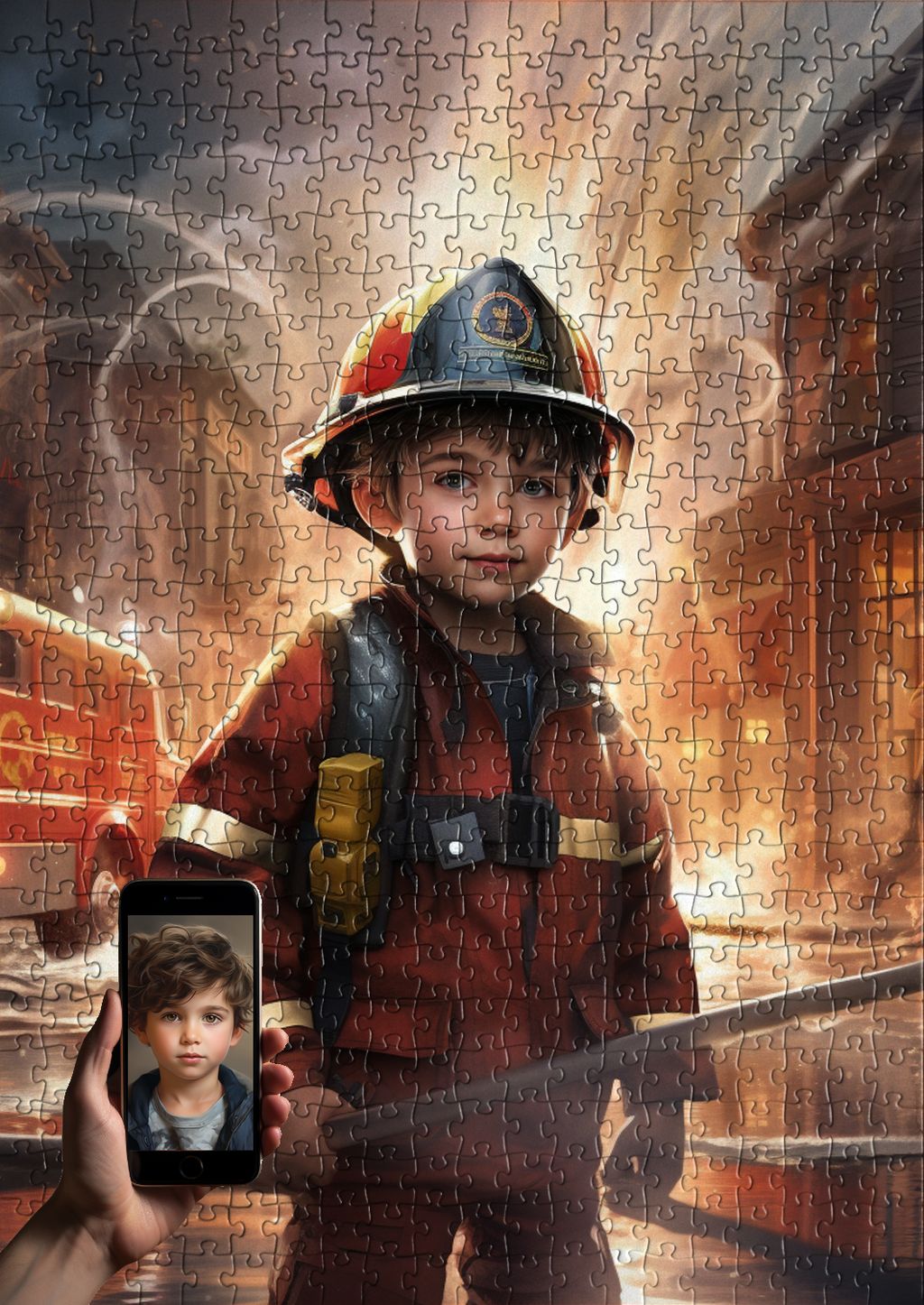
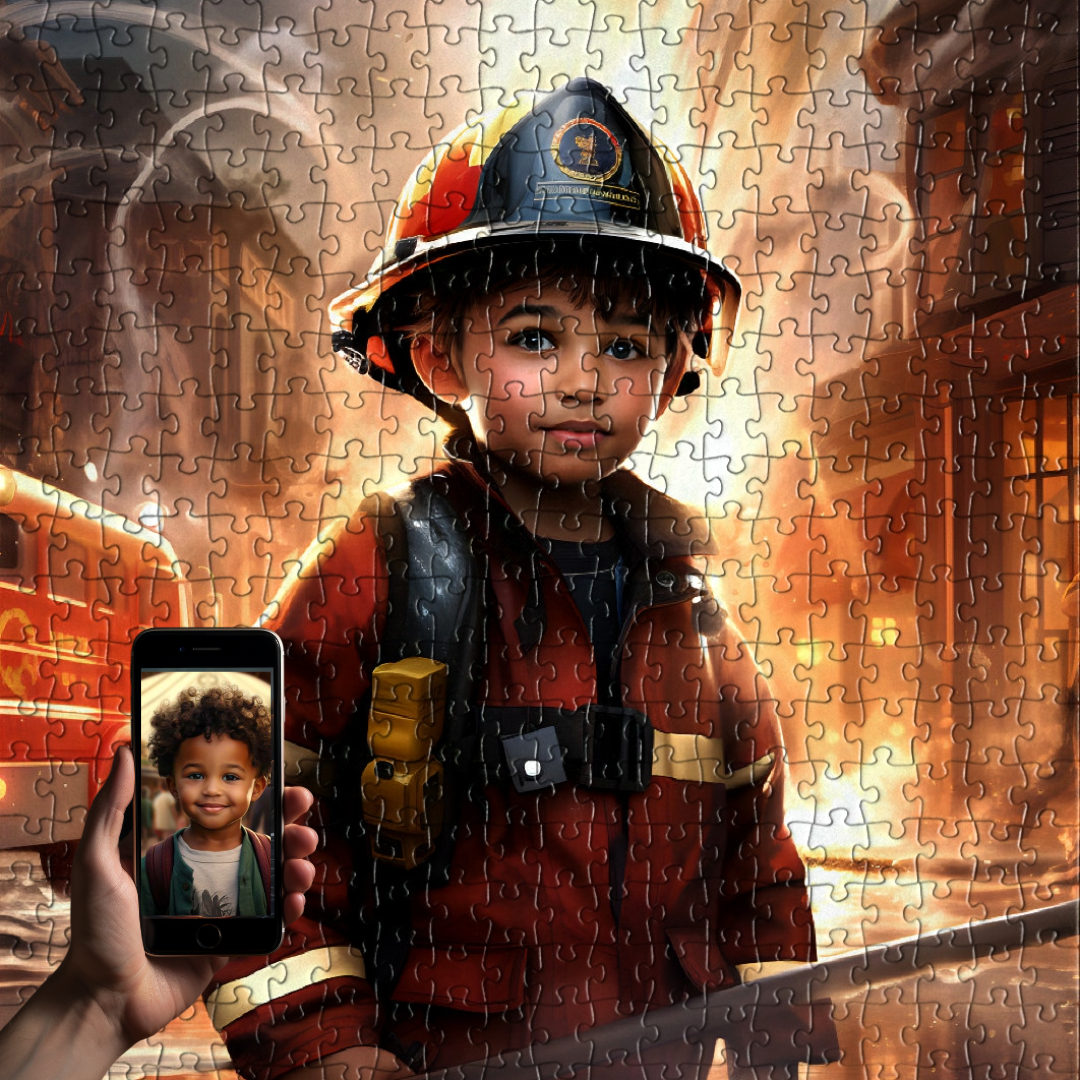
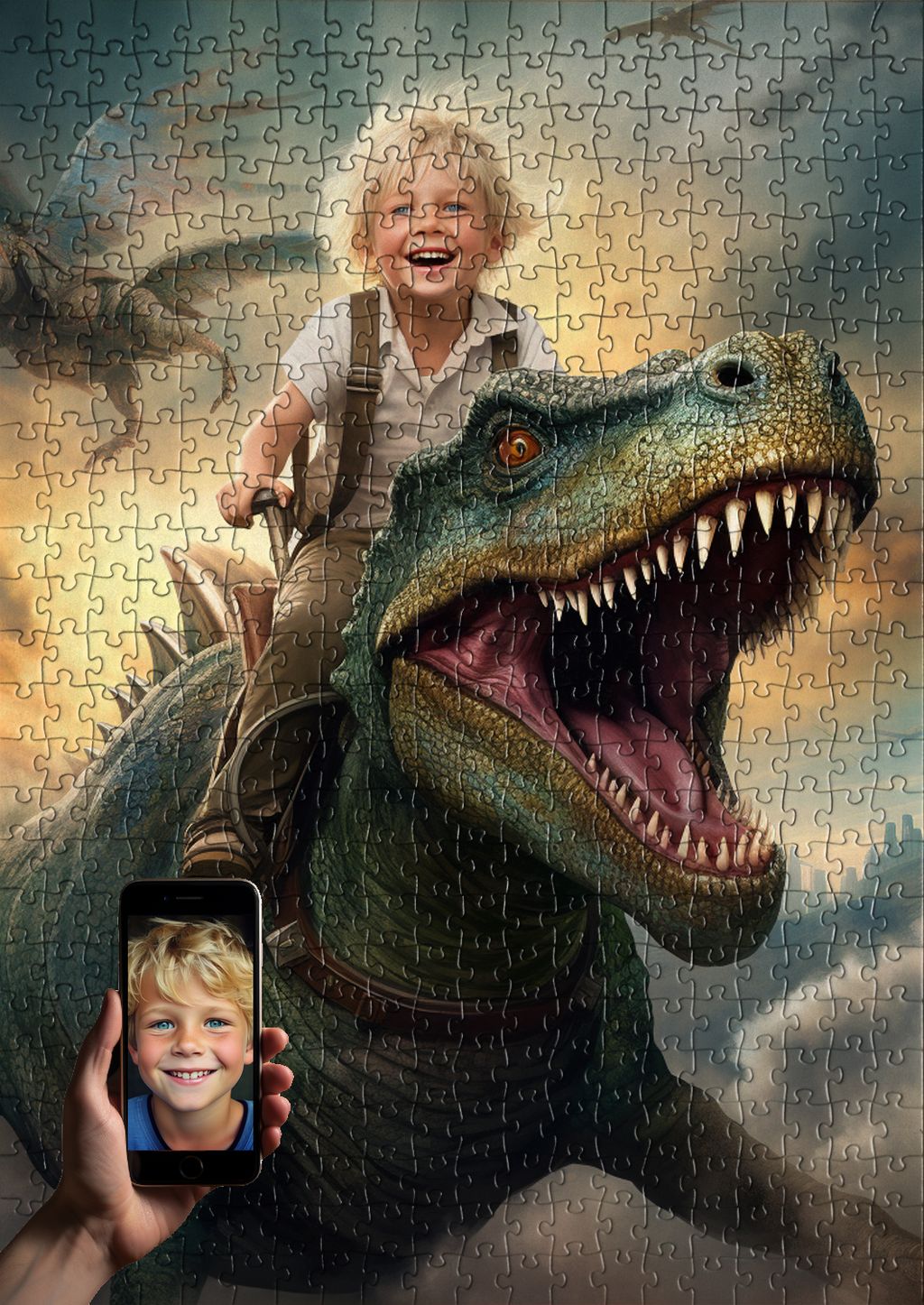

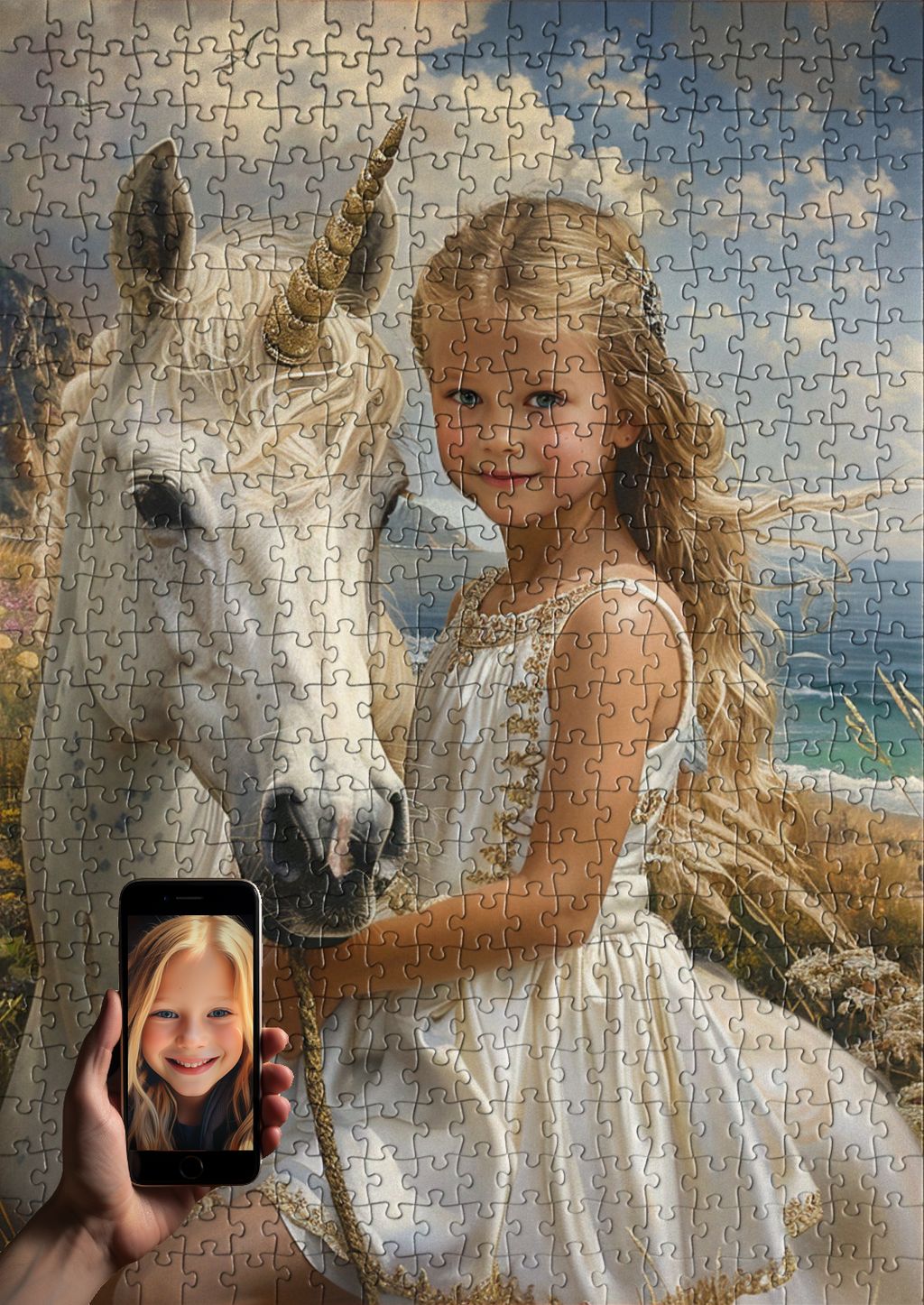
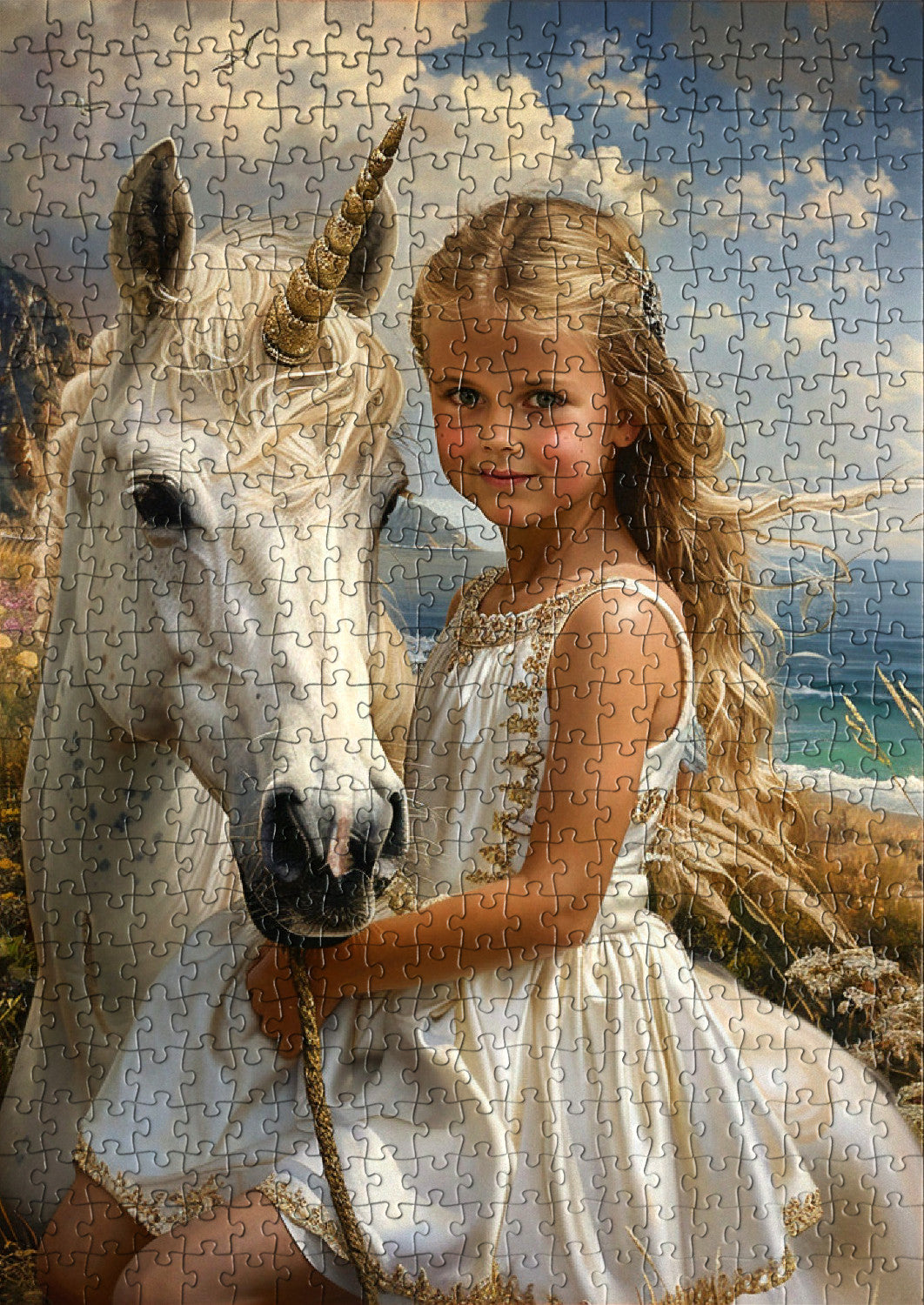
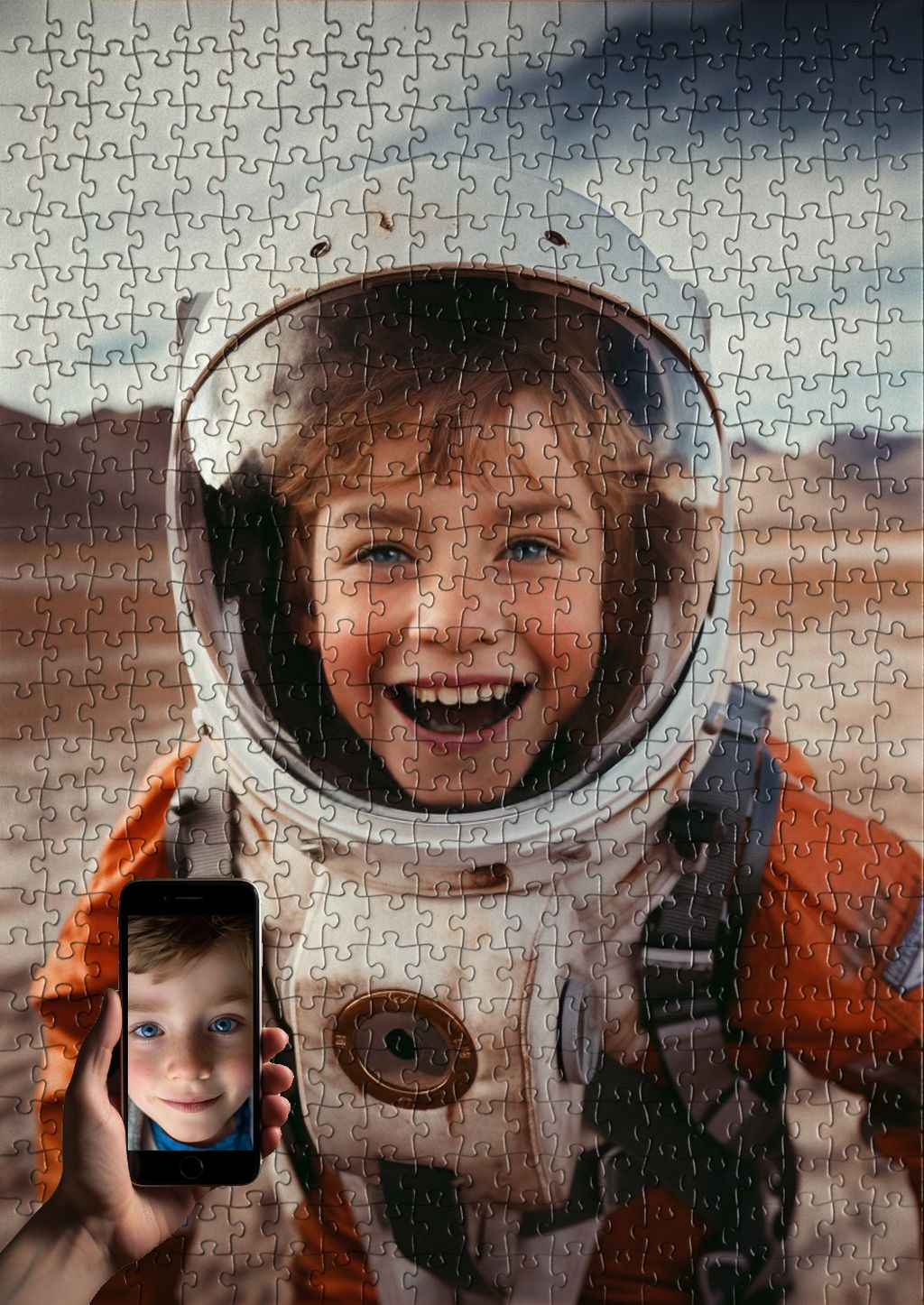
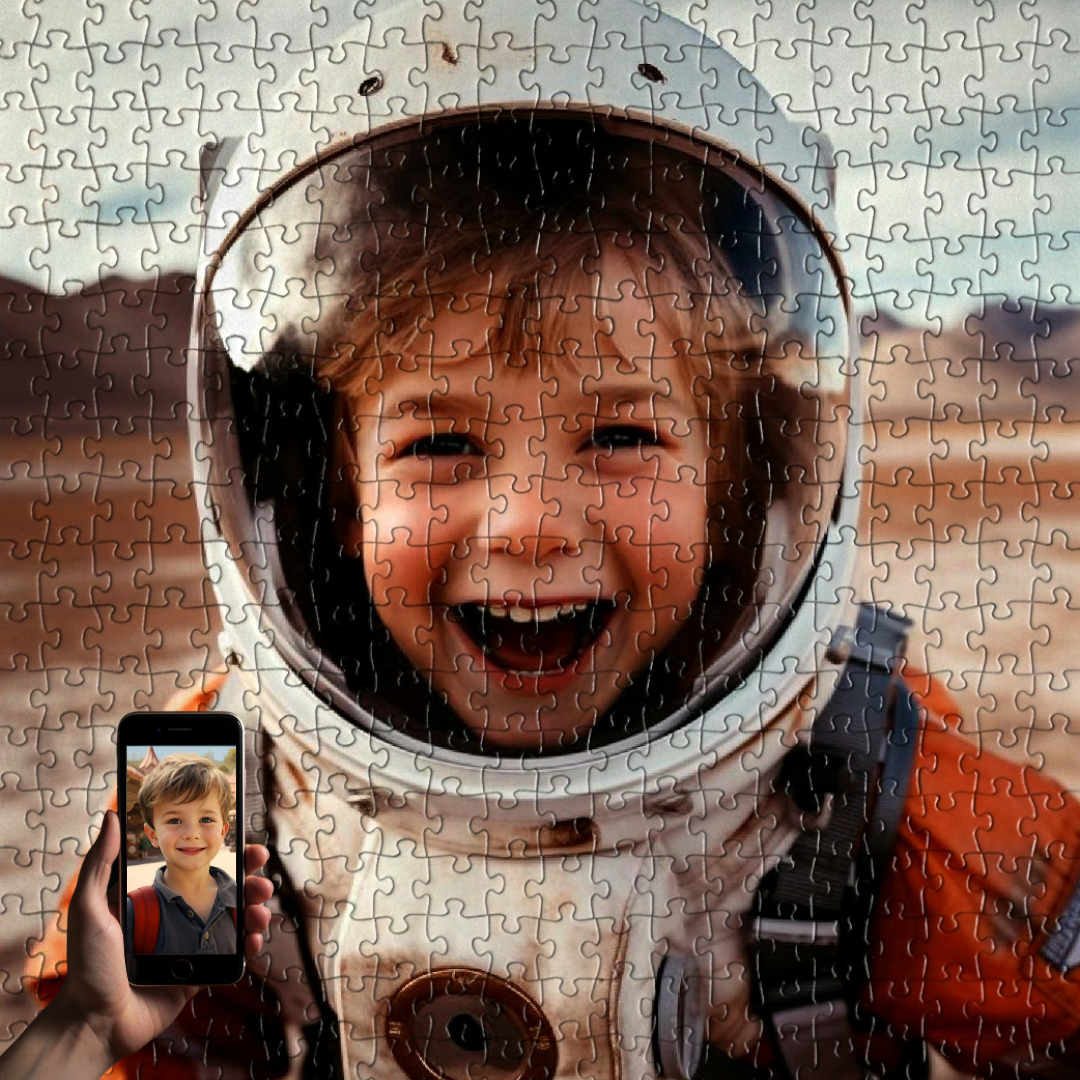
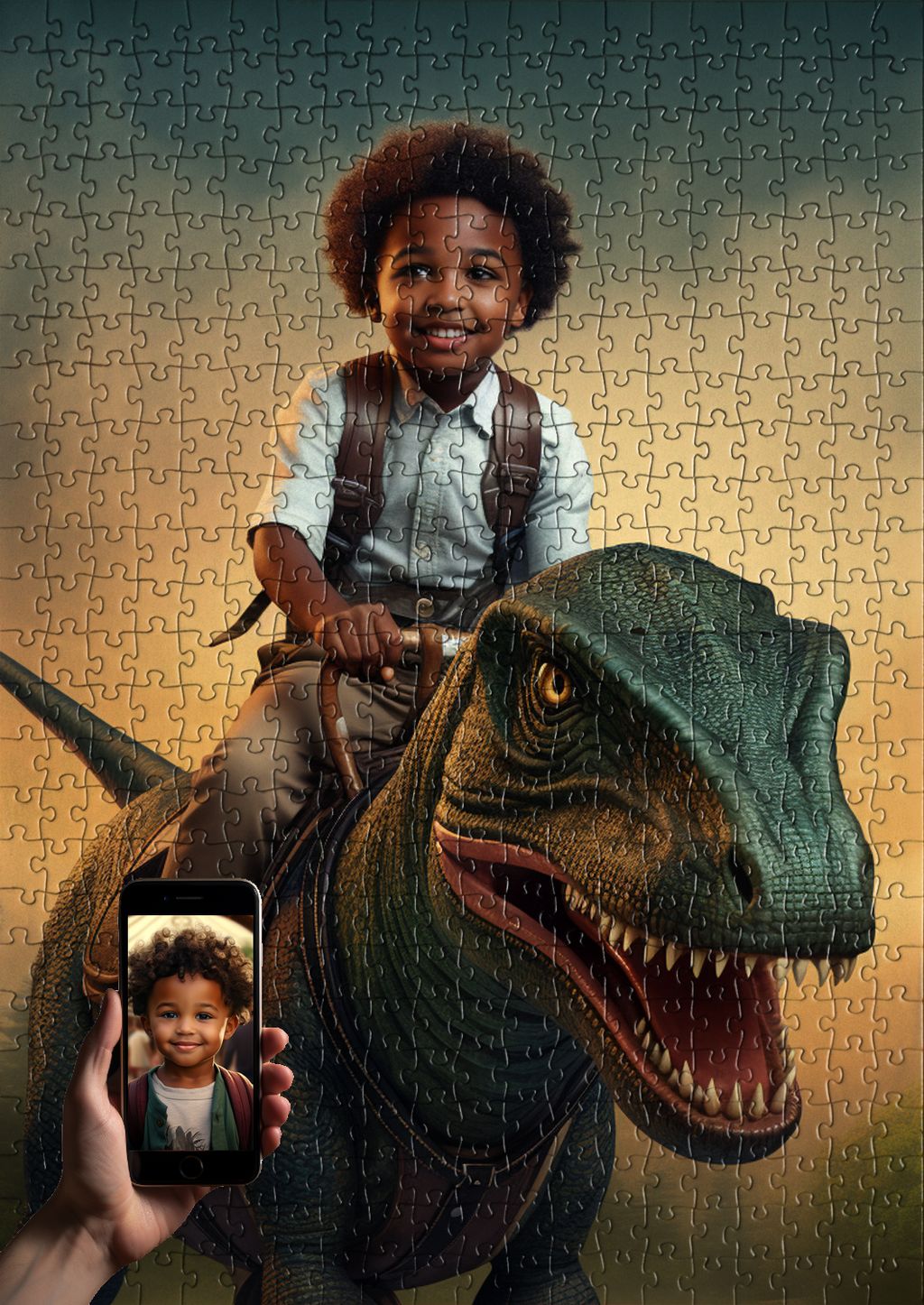
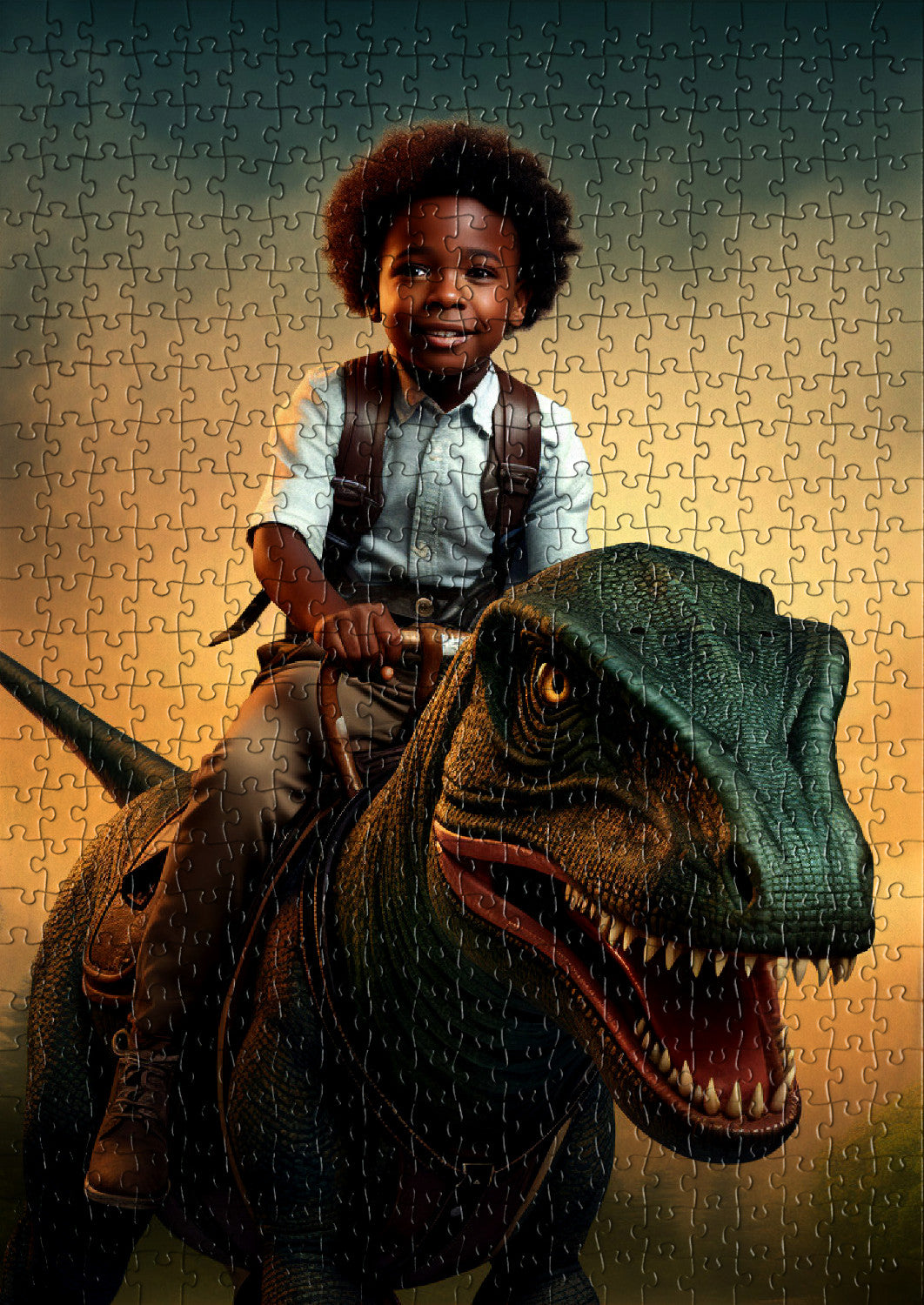
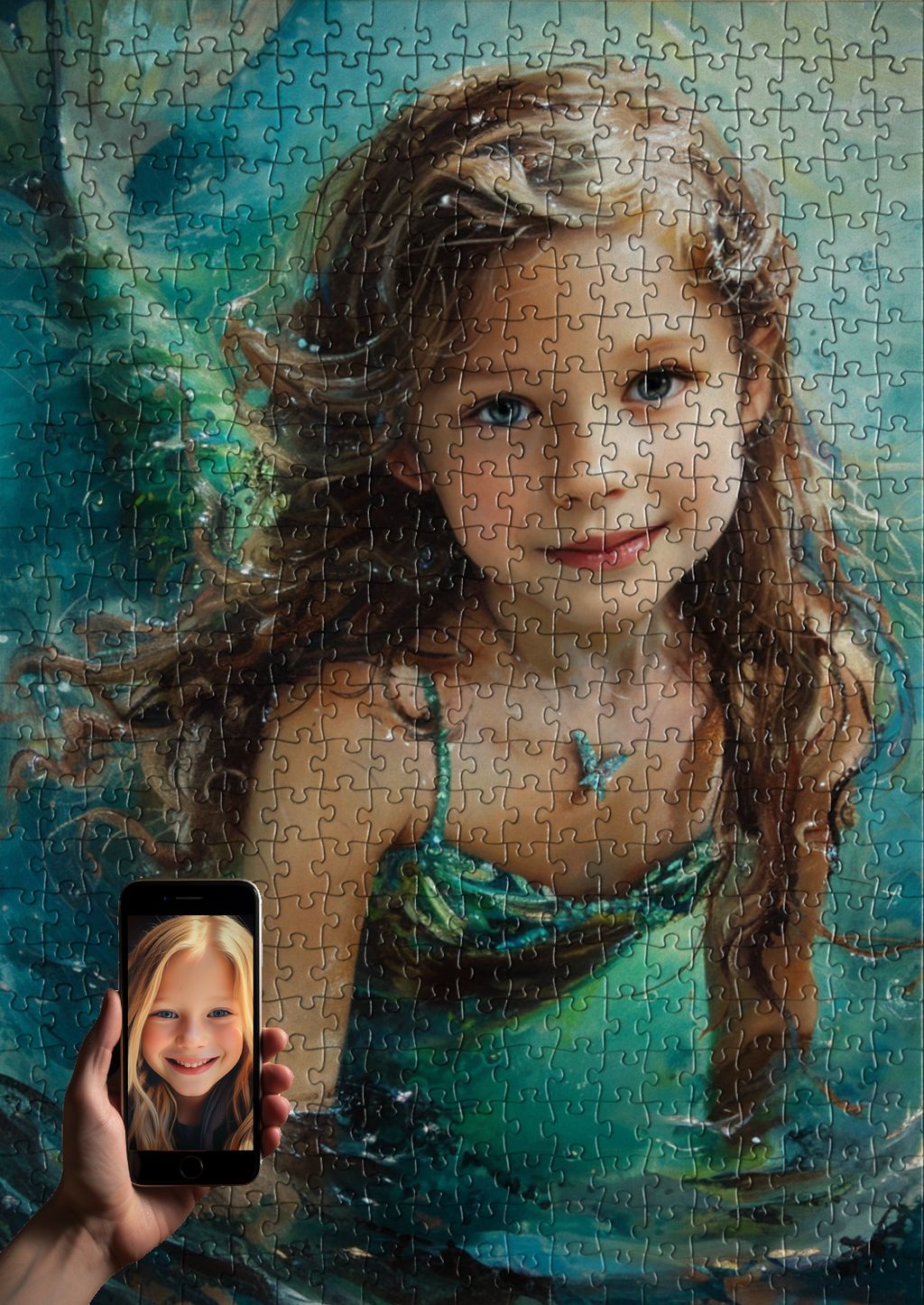


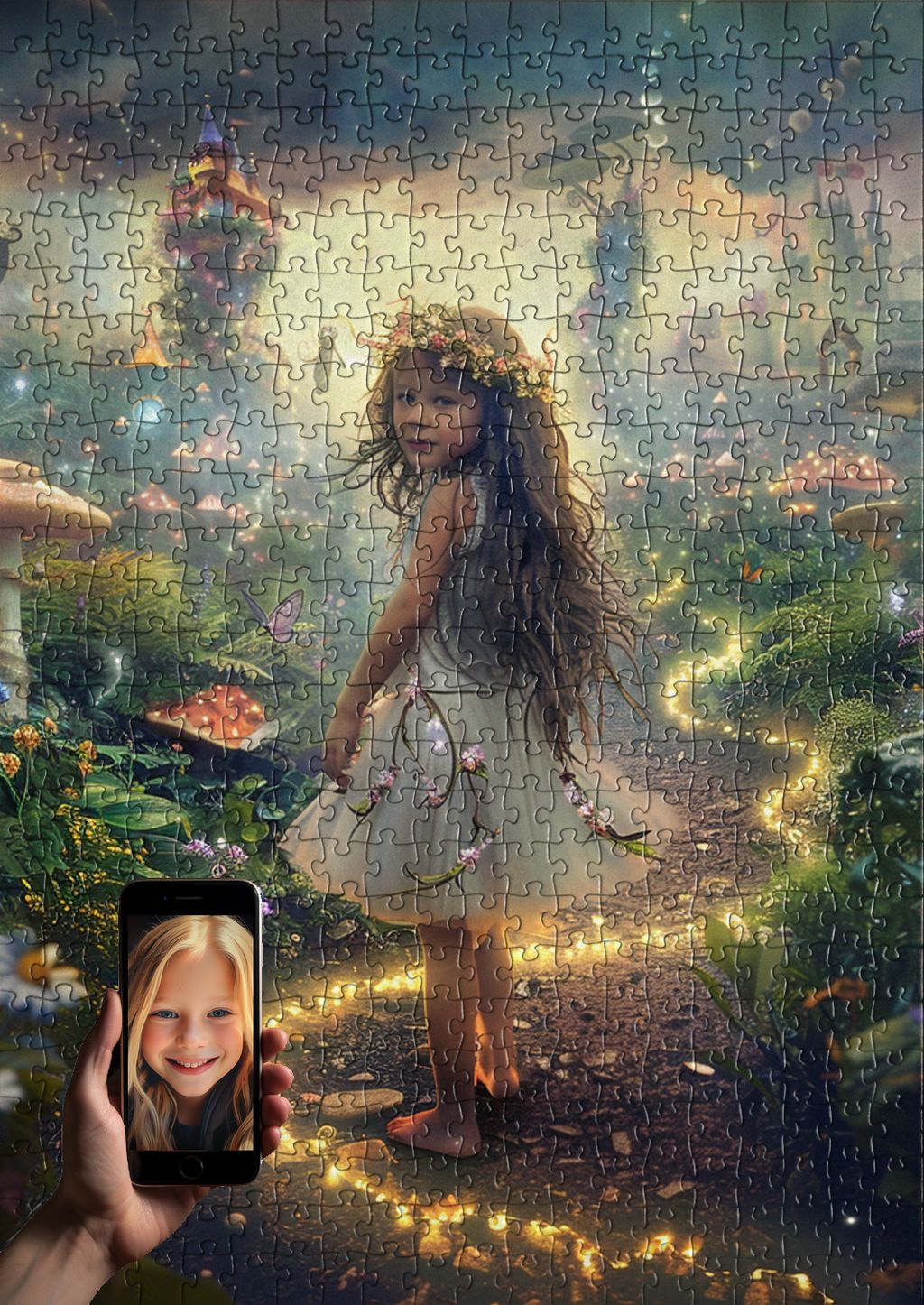
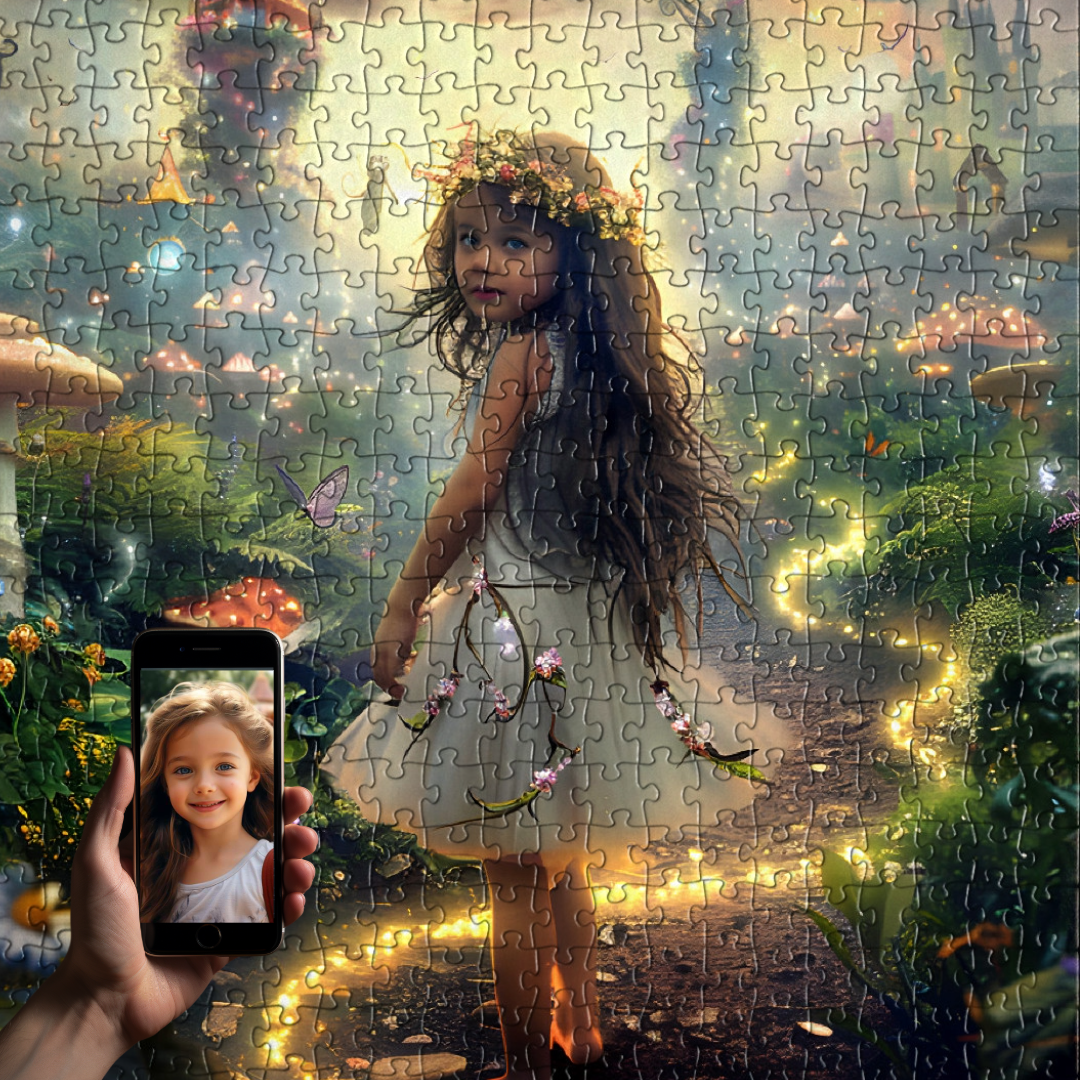
Share and get 15% off!
Simply share this product on one of the following social networks and you will unlock 15% off!